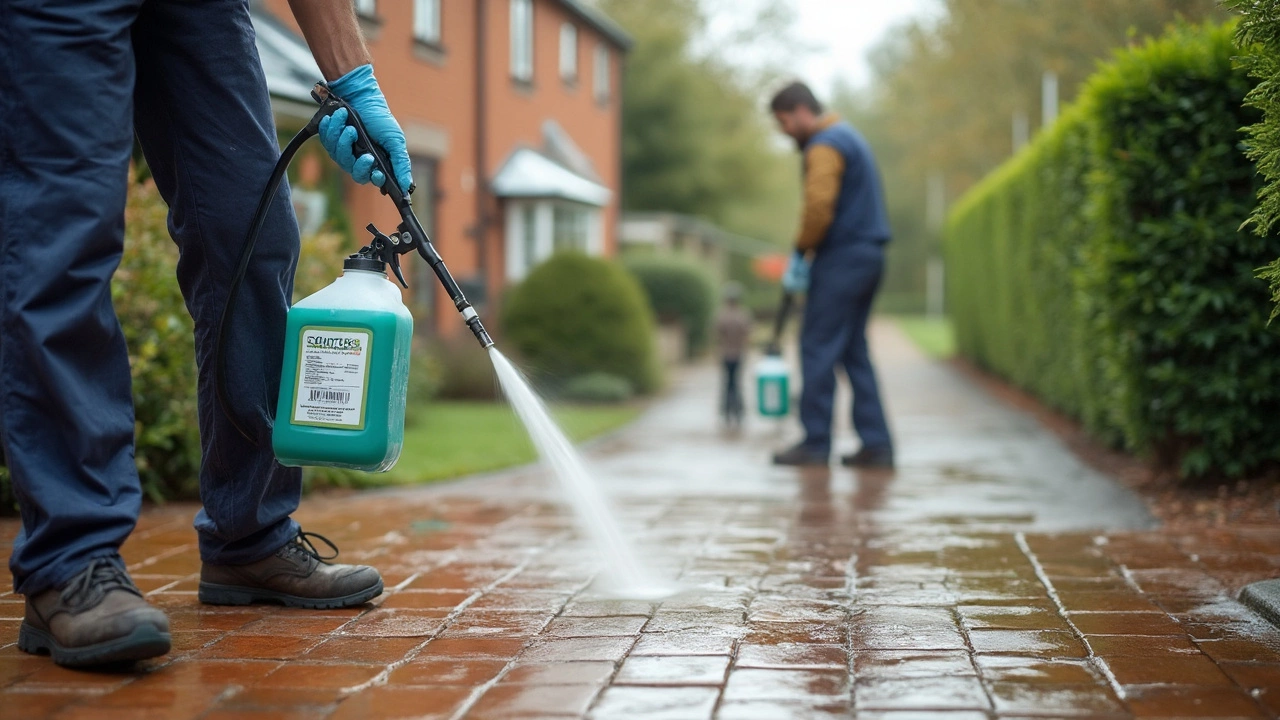Cleaning Chemicals – What Works, What’s Safe, and How to Mix Your Own
When it comes to keeping a house tidy, the right cleaning chemicals make a huge difference. The good news is you don’t need a chemistry degree to pick or create effective solutions. In this guide we’ll break down how to choose safe products, what ingredients to look for, and a couple of easy DIY recipes you can whip up with items from the pantry.
Choosing the Right Cleaning Chemicals
First off, read the label. Look for clear instructions, ingredient lists, and any warnings about surface compatibility. If a product promises “streak‑free windows” or “no‑residue floors,” it usually contains a surfactant that breaks down grime without leaving film. Popular choices include vinegar for mineral deposits, isopropyl alcohol for quick disinfecting, and mild citrus‑based degreasers for kitchen messes.
But not every chemical is a good fit for every home. Harsh acids can damage marble countertops, while bleach can discolor fabrics. When you see terms like “phosphate‑free” or “biodegradable,” it’s a sign the formula is gentler on both surfaces and the environment. Our article “What Makes a Cleaner Truly Environmentally Friendly?” dives deeper into how these ingredients affect health and sustainability.
Cost matters, too. A high‑priced “green” spray might cost more per litre but can save money in the long run if it’s concentrated and requires only a few drops per clean. Compare the concentration on the bottle – a 500 ml bottle of a 10 % concentrate is often cheaper than a 1‑litre bottle of a 2 % solution.
DIY Mixes and Eco Alternatives
If you love a good bargain, DIY mixes are the way to go. A classic window‑cleaning solution is 1 part white vinegar to 3 parts water, plus a few drops of dish soap for extra shine. This combo tackles hard‑water spots and leaves glass clear without the chemicals you’d find in commercial sprays.
For kitchen grease, mix baking soda, a splash of water, and a dab of Dawn dish soap. The gentle abrasive of baking soda lifts baked‑on grime, while Dawn cuts through oily film. Our “Best Cleaners for Baked‑On Grease” article explains why this trio outperforms many pricey degreasers.
When you need a disinfectant, combine 70 % isopropyl alcohol with a few drops of essential oil for a pleasant scent. Spray on countertops, let sit 30 seconds, and wipe clean – all without the harsh fumes of bleach.
Safety first: always label your DIY bottles, store them out of reach of children, and test a small area before applying a new mix to a whole surface. If any mix causes irritation, rinse the area with water and stop using it.
Choosing the right cleaning chemicals, whether store‑bought or homemade, boils down to knowing what you’re tackling and how sensitive the surface is. By reading labels, understanding key ingredients, and trying a few simple DIY recipes, you can keep your home sparkling without breaking the bank or exposing your family to unnecessary chemicals. Check out our related posts like “Best Way to Clean Windows” and “Cleaning Hacks: How to Use Vinegar, Dawn, and Baking Soda” for more step‑by‑step tips.

What Solution Do Professional Power Washers Use? The Real Secrets Behind Their Shine
Ever wonder what the pros actually spray on driveways and decks before blasting away the grime? This article dives into the real solutions professionals use—not just water, but a mix of cleaners and techniques that actually work. Find out why some pros pick bleach-based solutions and why others go green, plus smart tips for different surfaces. You’ll get the facts on what to avoid so you don’t ruin your siding or stain your patio. Learn how to choose the right cleaner for your next job and understand how the best in the business keep things spotless.
Read More